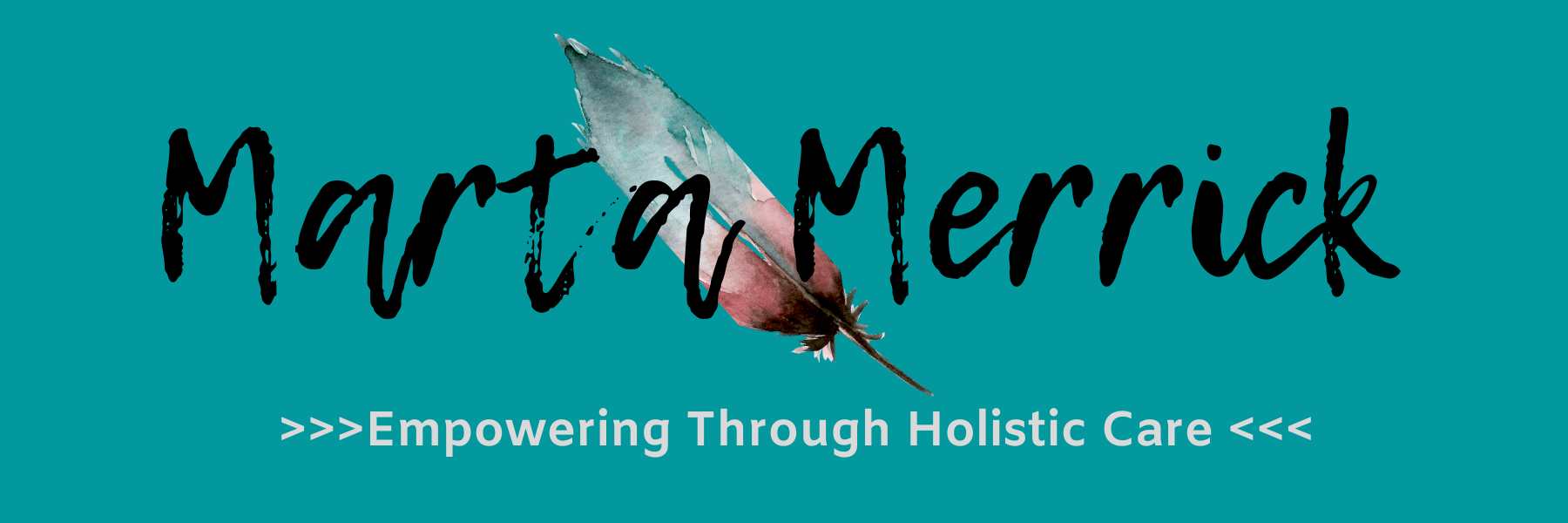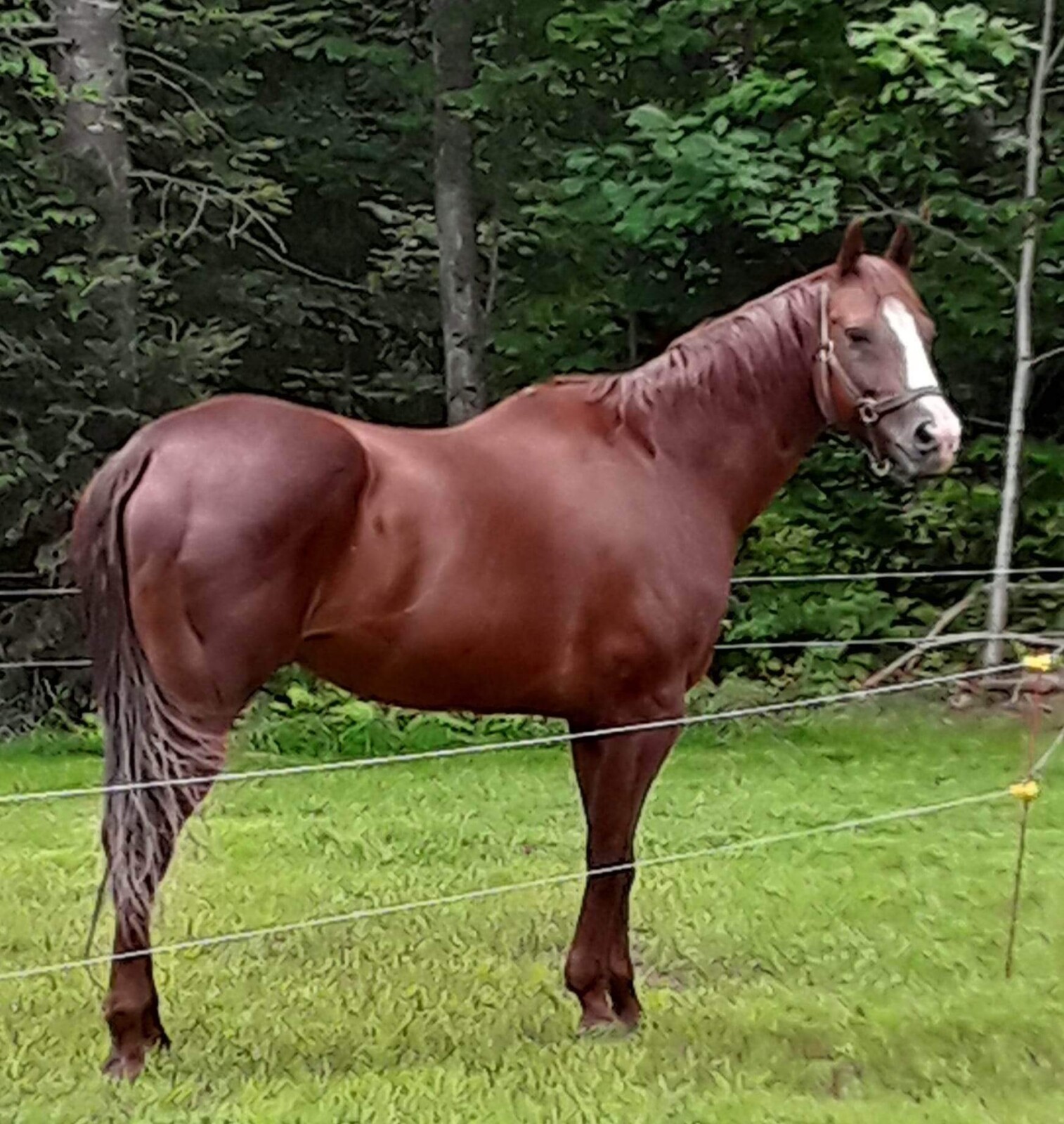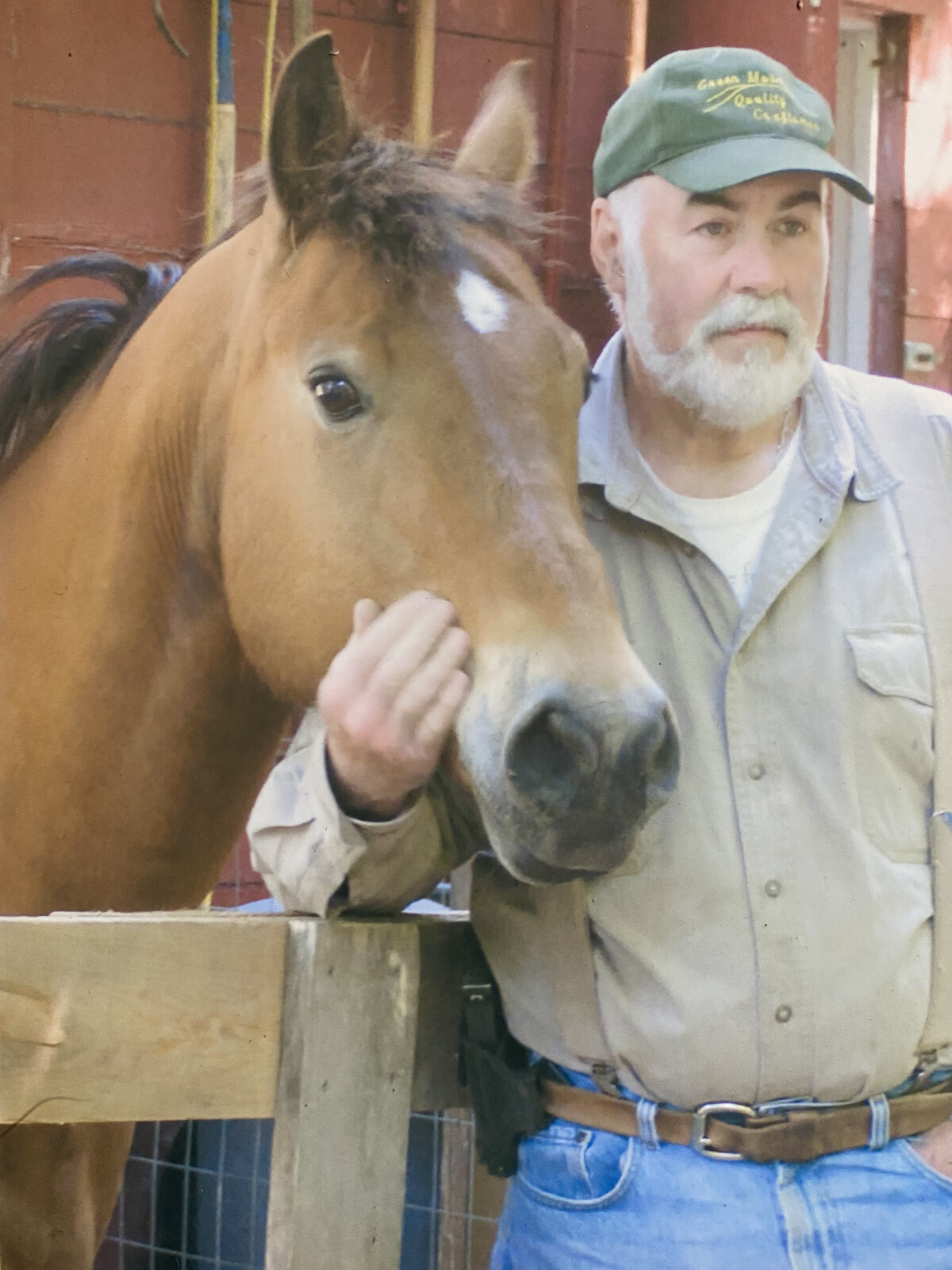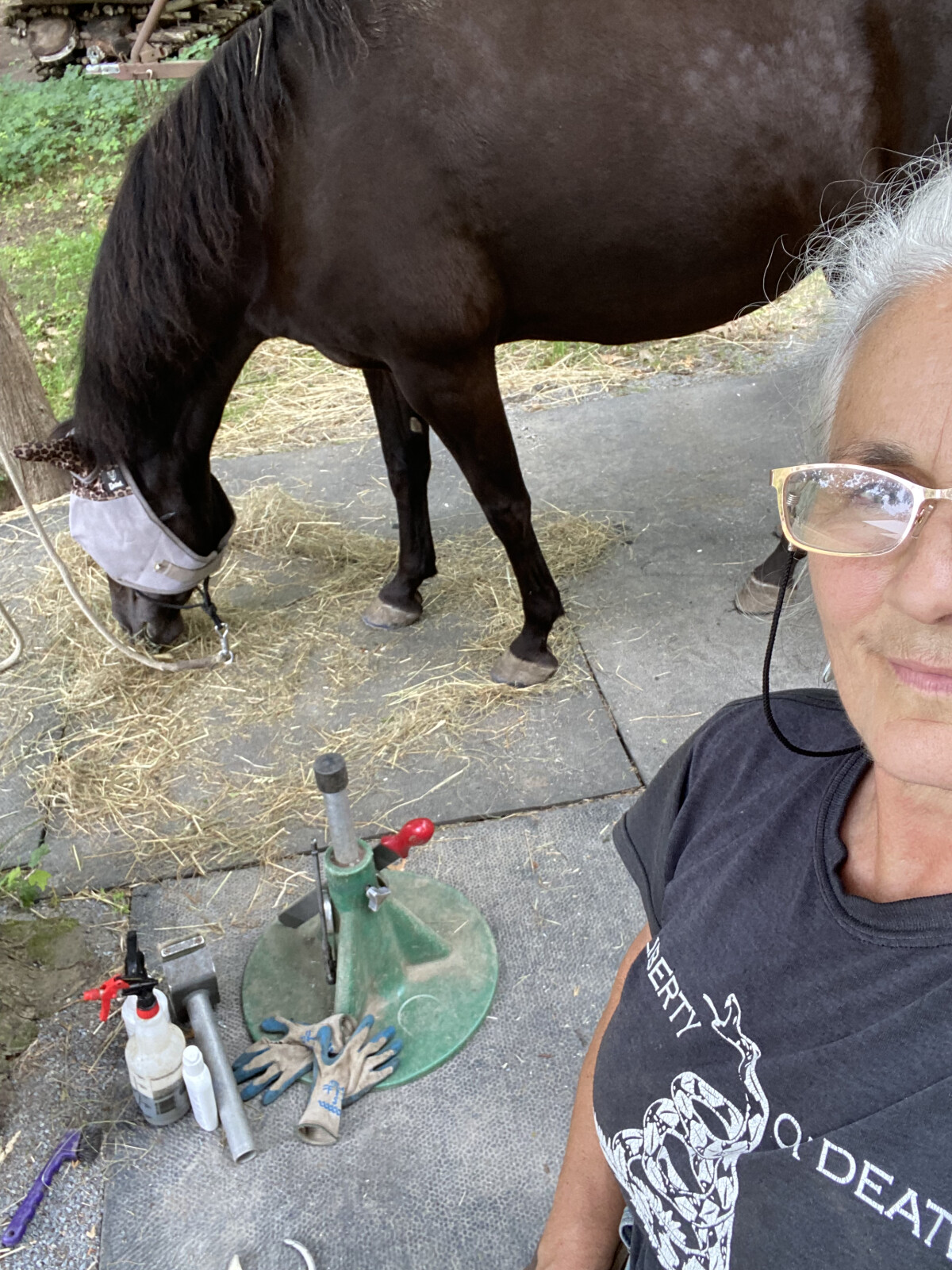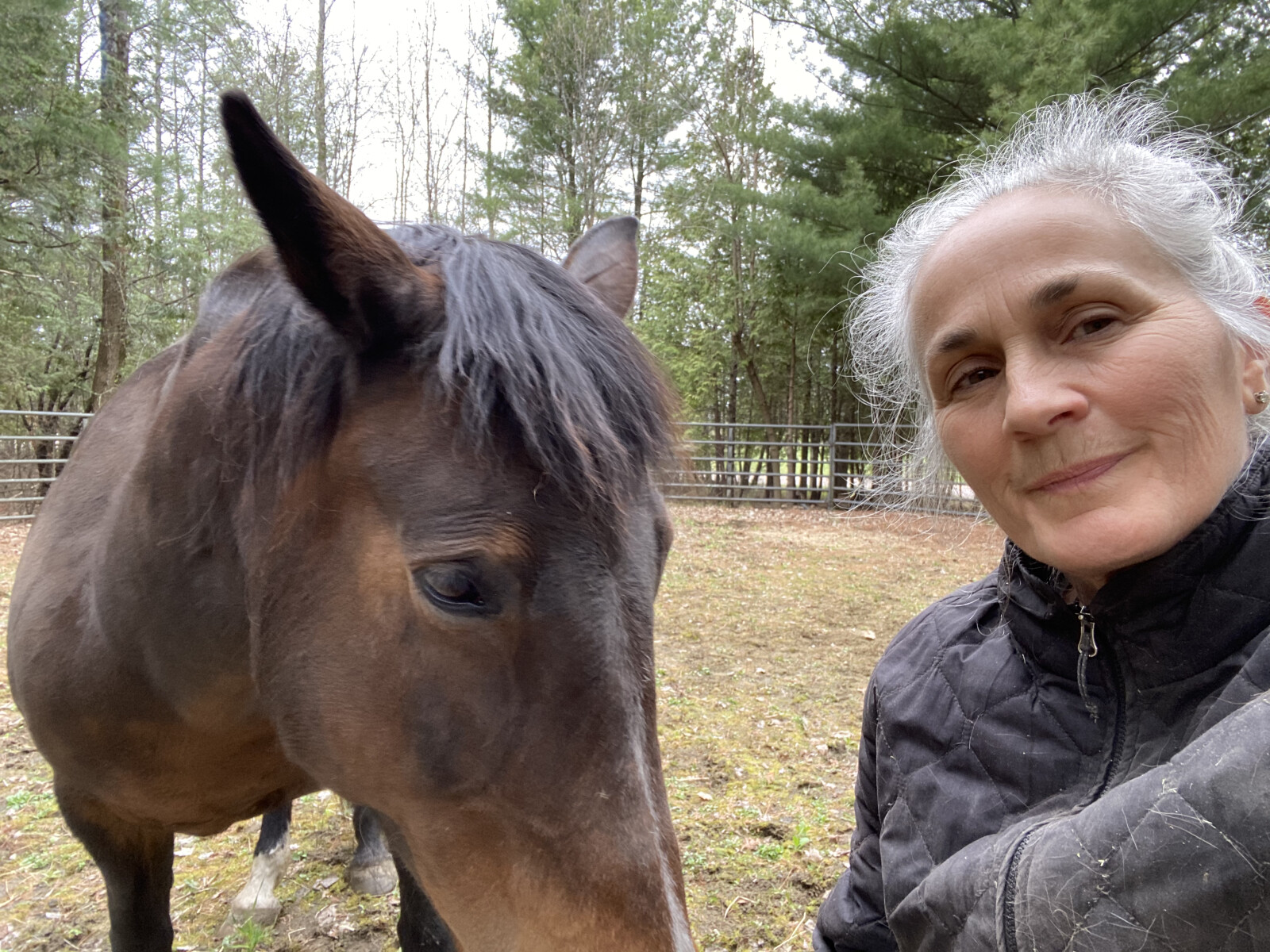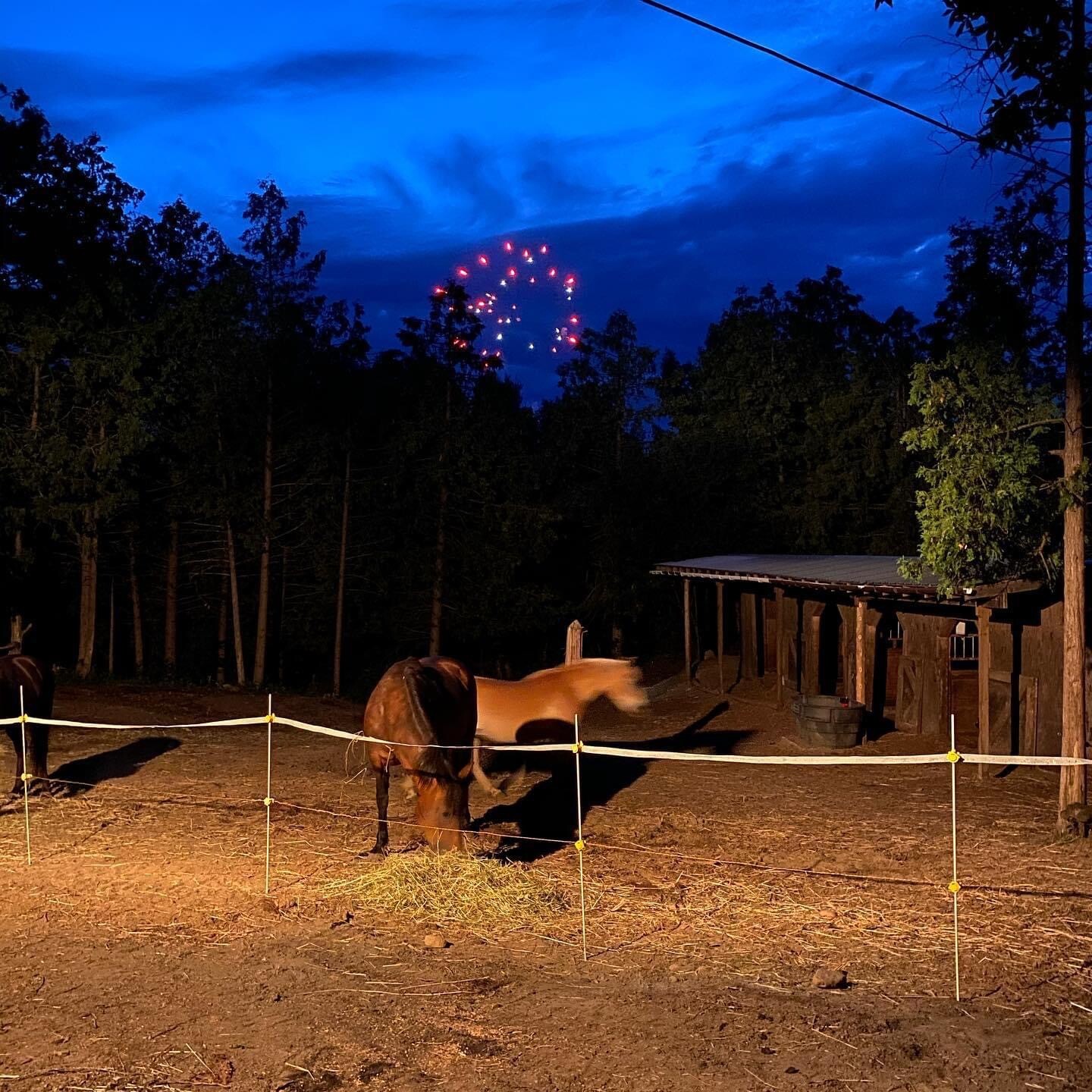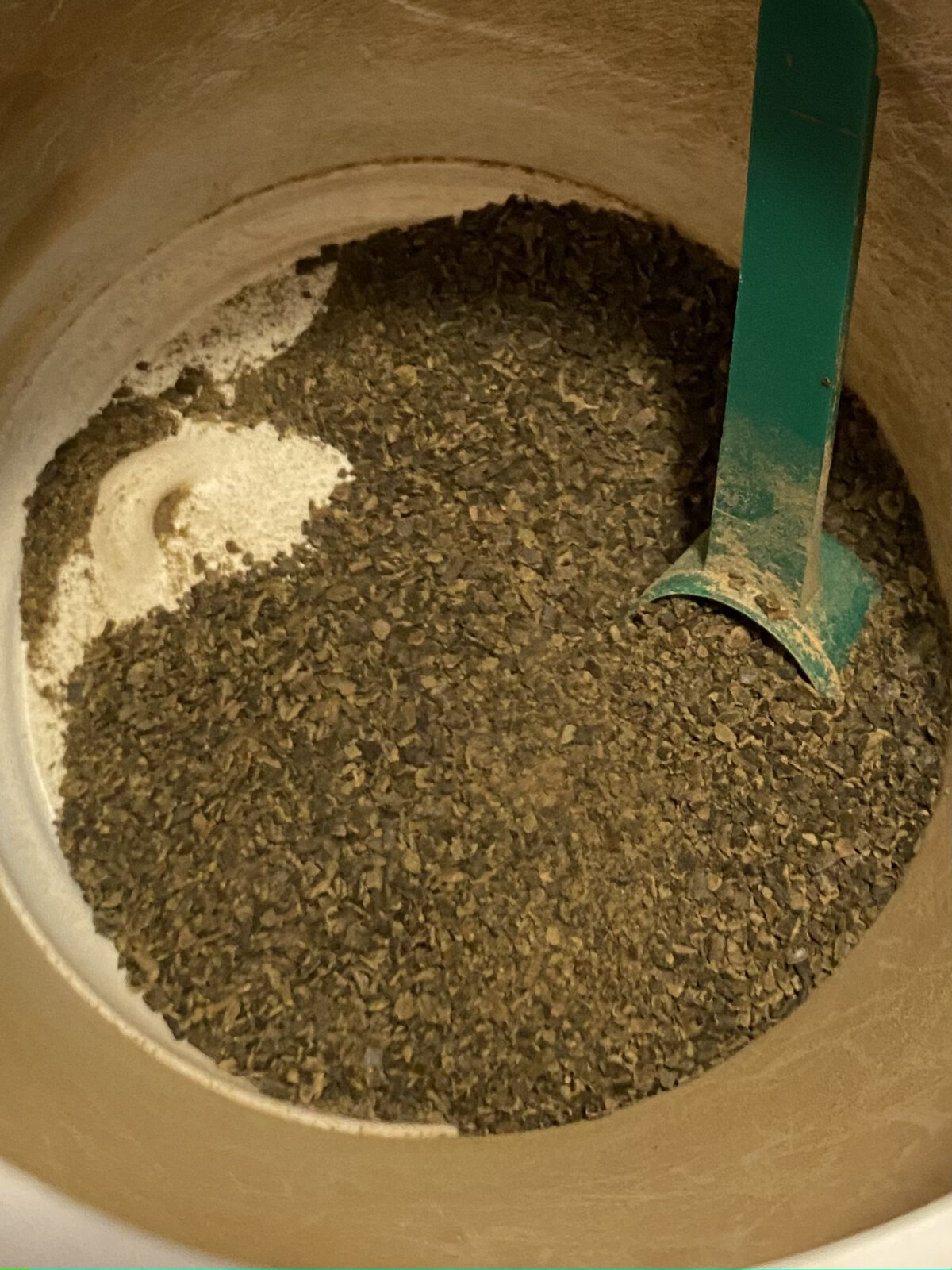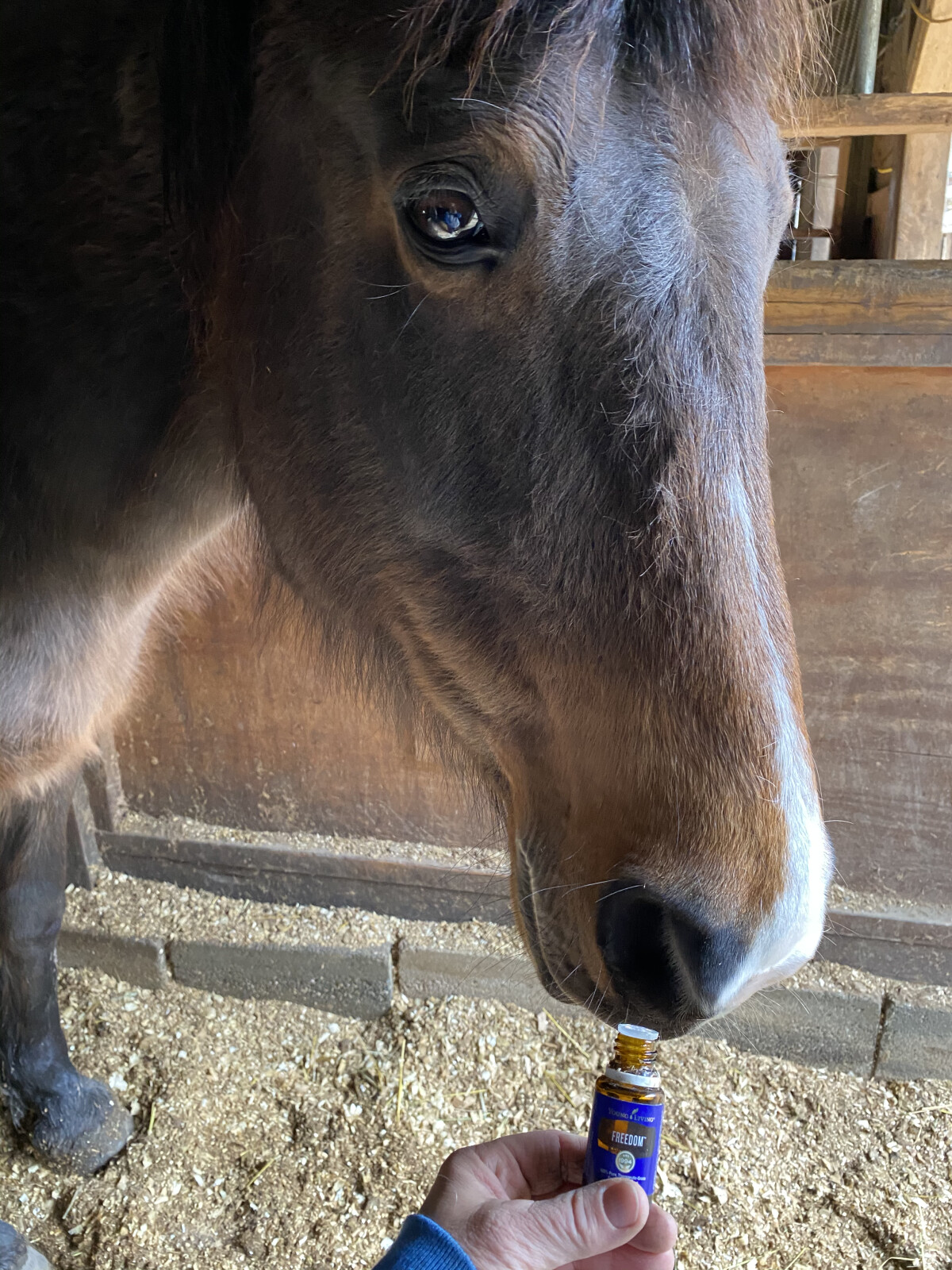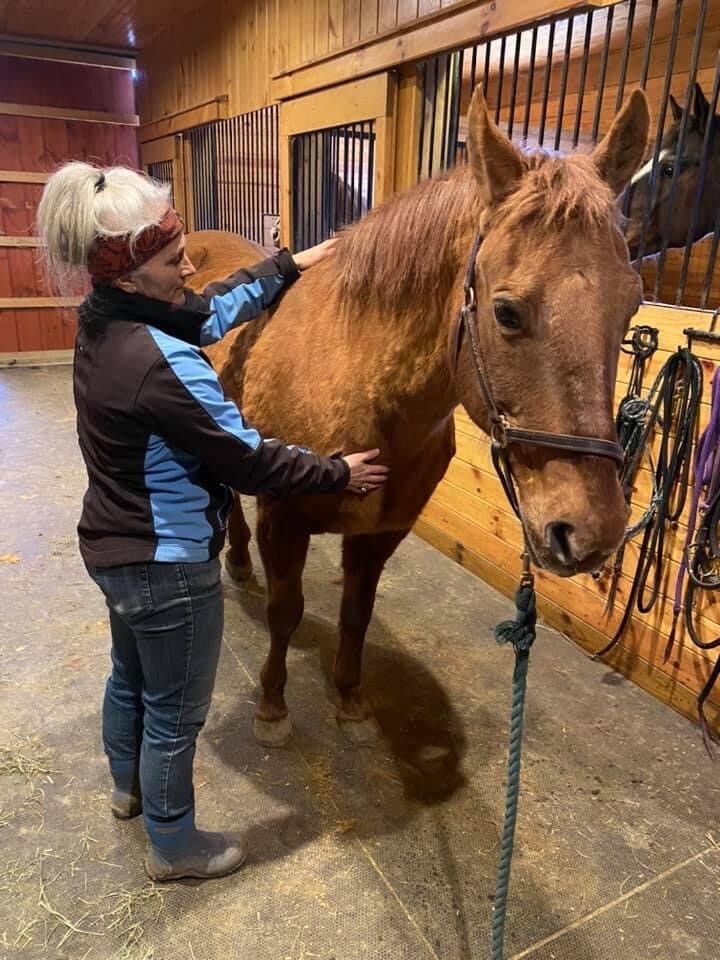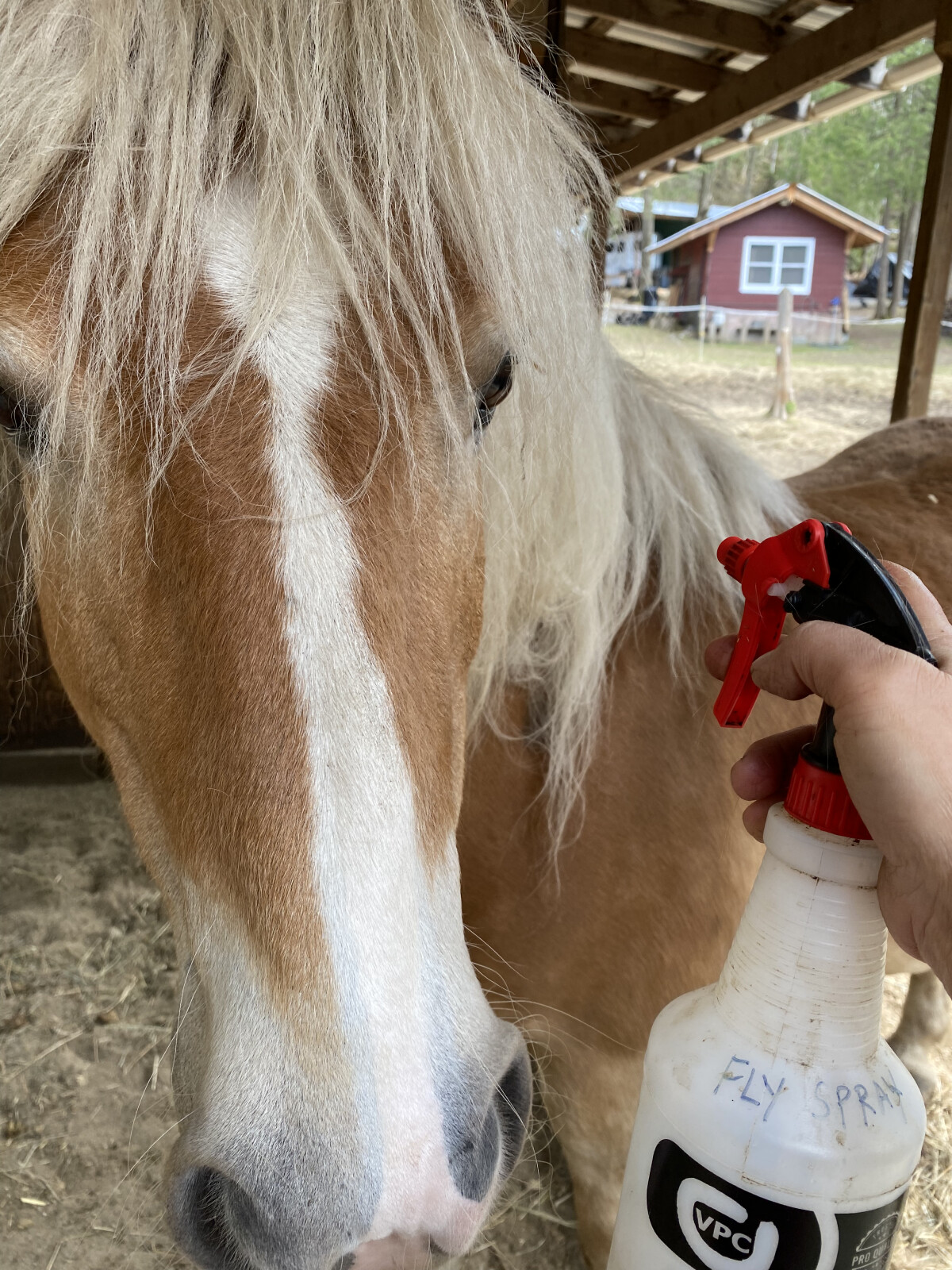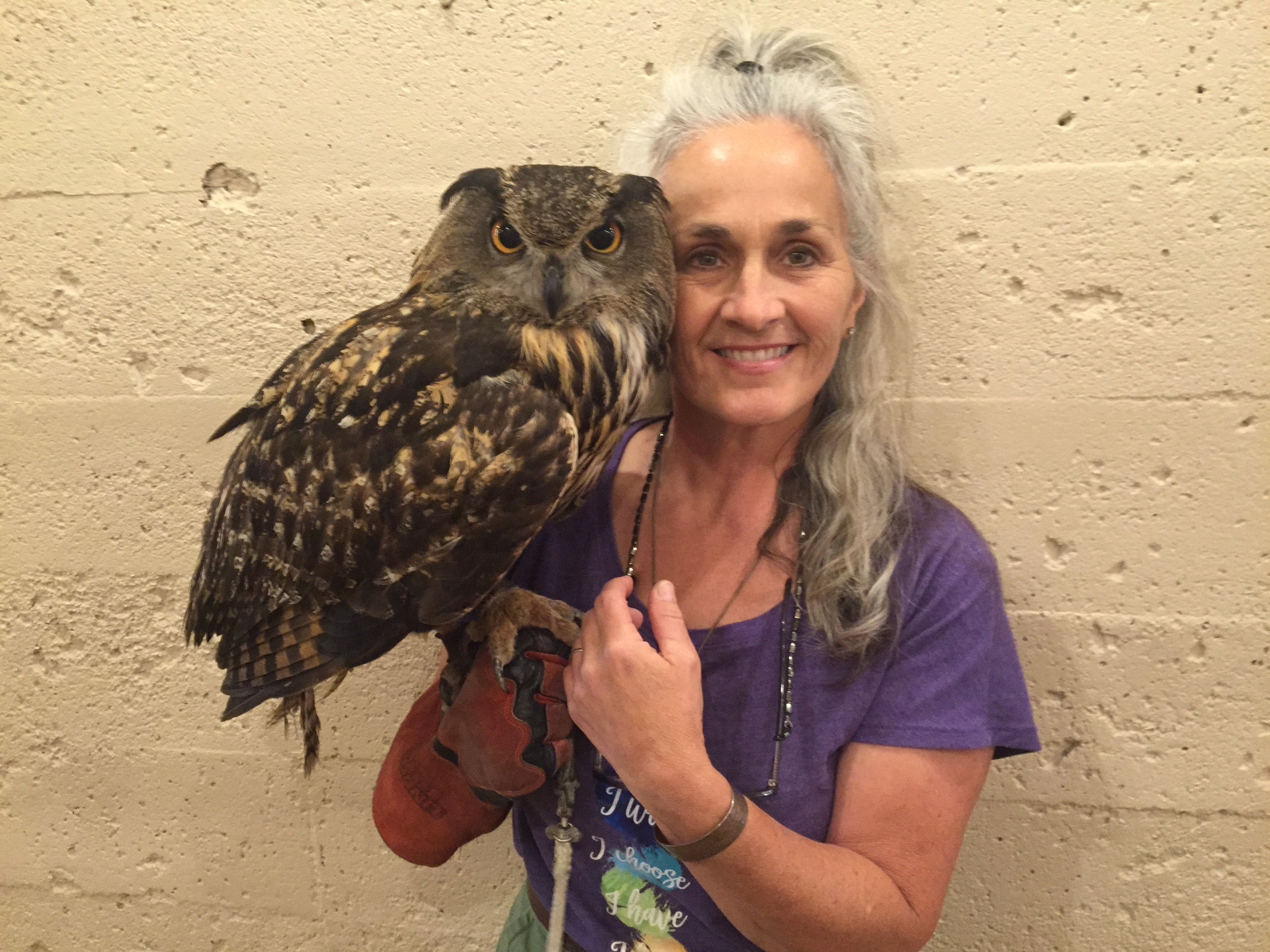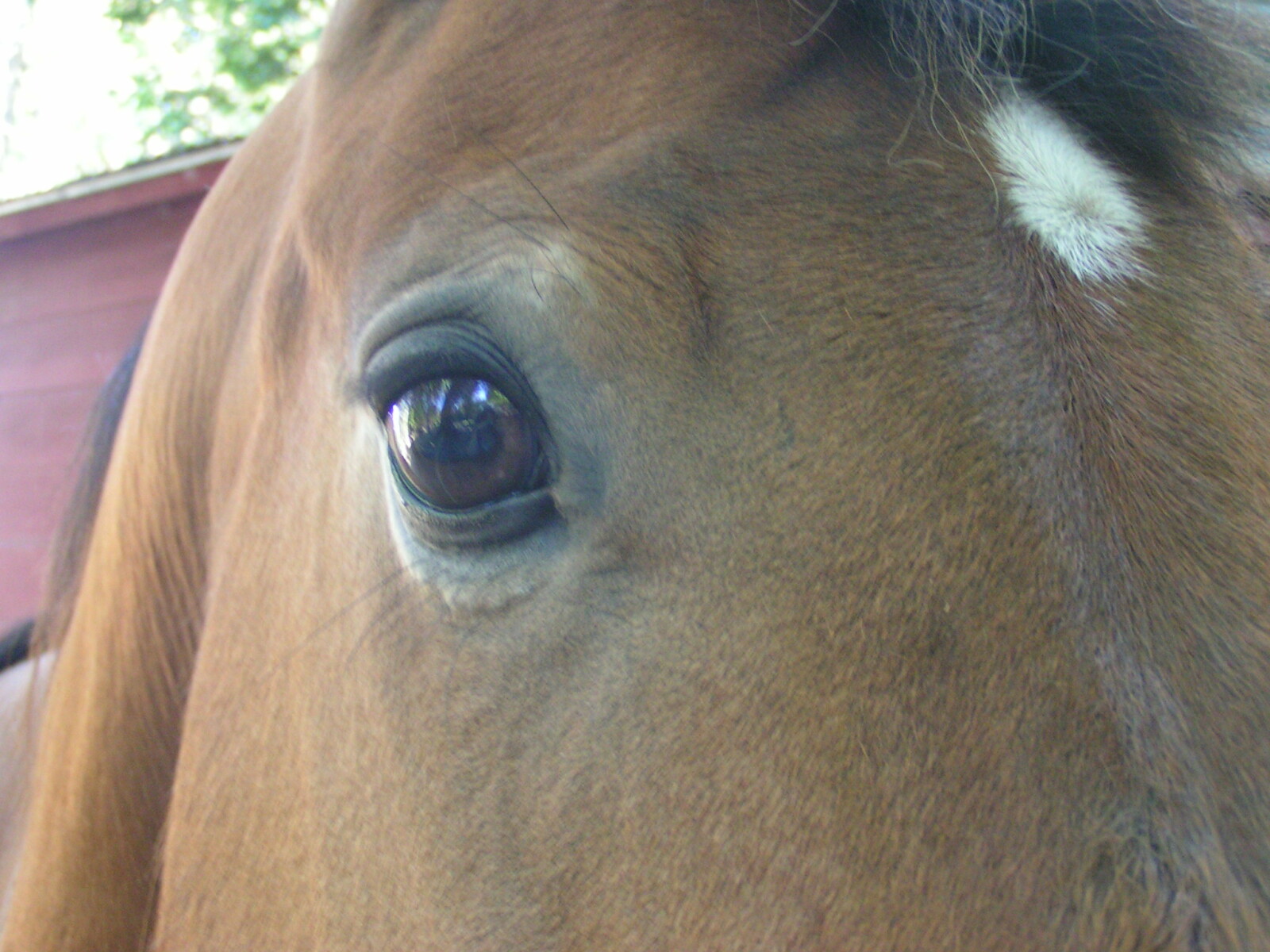
- Have my horses’ received shots regularly over the last few years? Did you know that vaccines stay active within the body for many years? When tested, an animal can show anti-bodies for as many as 15-20 years after the shot. This means that the animal is protected from the threat due to these anti-bodies. It has immunity!
- Do my horses live at home, perhaps older, and rarely come in contact with other horses? This situation most likely eliminates the need for vaccinations. Providing plenty of good forage, balanced minerals, fresh water and movement will do more for preserving the health of your horses than anything!
- Do any of my horses have an existing health condition? It is NOT recommended to give a vaccine to an animal that is health compromised in any way. This includes horses prone to laminitis, any metabolic disorders, fever, etc.
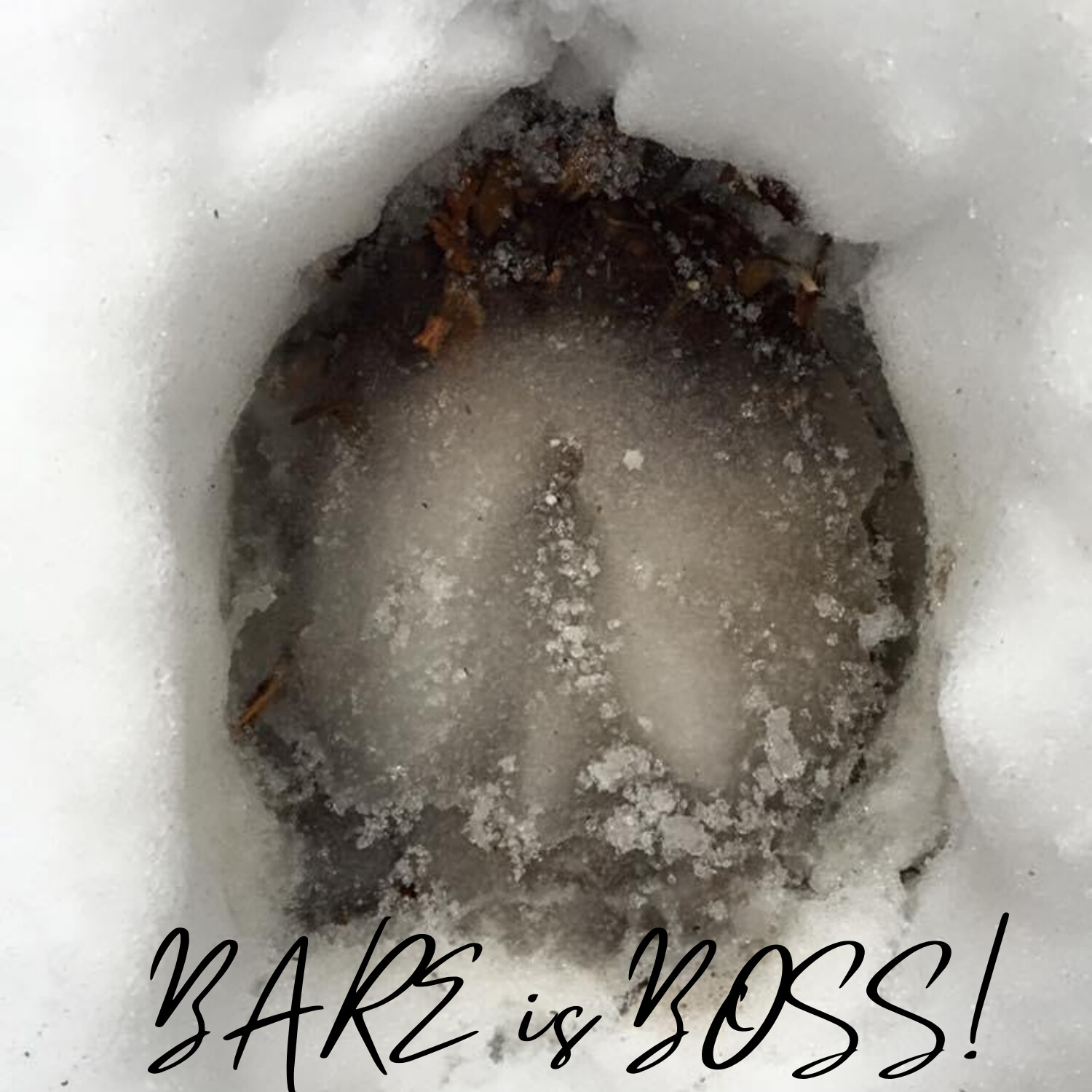
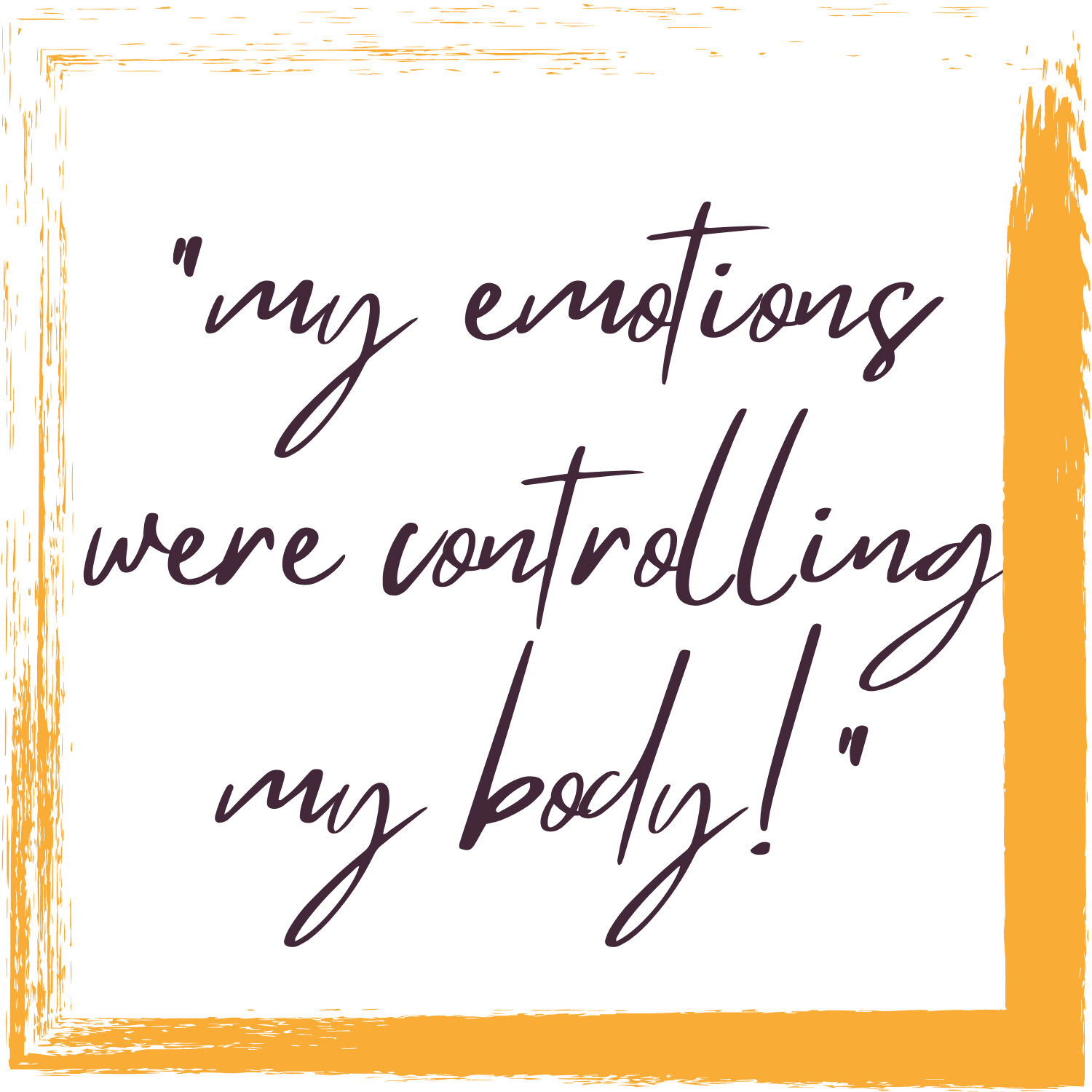
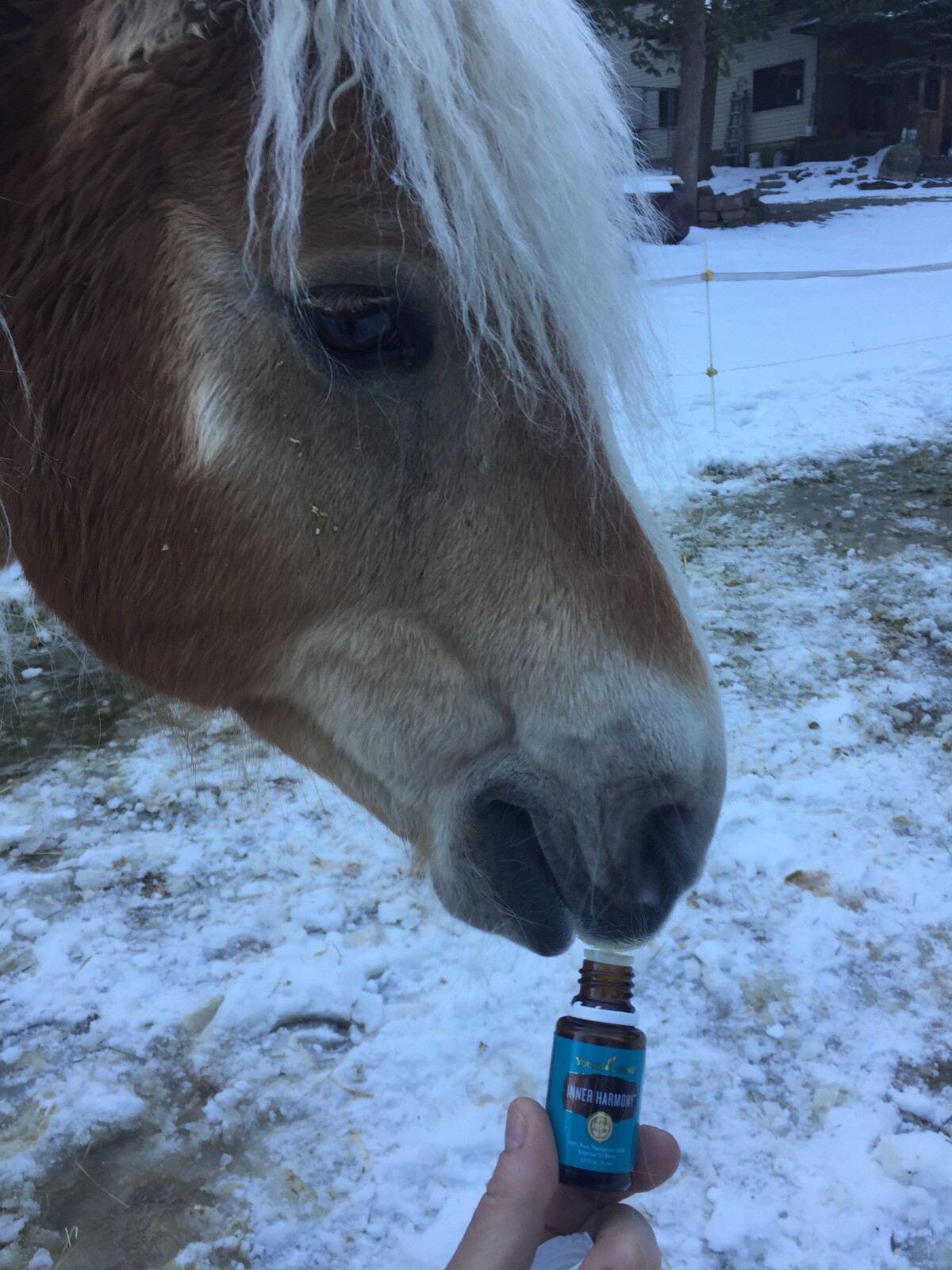
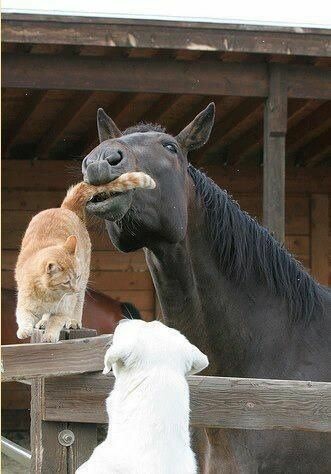
How To Conquer Bugs For your Animals… Without Using Insecticides
Admit it... we all hate bugs, right?!
From the nasty biting flies, gnats and mosquitos to ticks, fleas and giardia! These pests can be aggravating to our animals and a health risk to both us and them.
If you’re like me, applying a topical spot on treatment, collar or spray containing an insecticide/pesticide is NOT an option for my horses, dogs or cats! I love them too much to poison them with those kinds of treatments. They are my family.
The natural food additive I discovered, that fits in with my holistic care lifestyle and works for us, is garlic.
Now you may have heard or read about the dangers of feeding garlic to your animals based upon a single study out of Japan. It seems dogs were forced to ingest excessive amounts of raw garlic with adverse reactions resulting. The fact that people do this kind of thing to animals makes me sick, but aside from that, when you feed an excess of anything…it will have negative, even life threatening effects!
Garlic has been in use since the beginning of recorded history. From Egypt to Greece to India applications of its use have been written about in medical journals. In Greece, garlic was given to the athletes of the early Olympics to increase muscular strength and endurance. Hippocrates, the "Father of Medicine" used garlic for many applications in his work. Garlic has also long been used for its insect repelling properties against bugs on listed above. Garlic also contains sulfur which is known for its support of joint, skin and hair health as well as being an insect repellent.
Some of the added health benefits your animals will experience while taking garlic daily are…
- Boosts their immune system. This is the number one thing to focus on for the health of your animals.
- Digestive support. Horses have about 100 feet of digestive system that are prone to upset. It only makes sense to give them all the extra help they need in this area!
- Combats allergies. Garlic offers antiviral and anti-inflammatory help to combat seasonal issues. Building the immune system also helps here!
- Fights fungal infections. From thrush to ringworm garlic supports the body when dealing with these types of issues.
- Improves brain function. Antioxidants in garlic boost brain health and protect the body from oxidative stress, thereby slowing the aging process.
- Detoxifies heavy metals. The sulfur compounds in garlic help to protect organs against heavy metal damage by reducing levels within the blood.
Want to learn more?
Click Here for my Free Guide about helping your animals to live a longer more vibrant life!
Click Here to join my Free Facebook group to learn more about holistic care for your horses.
